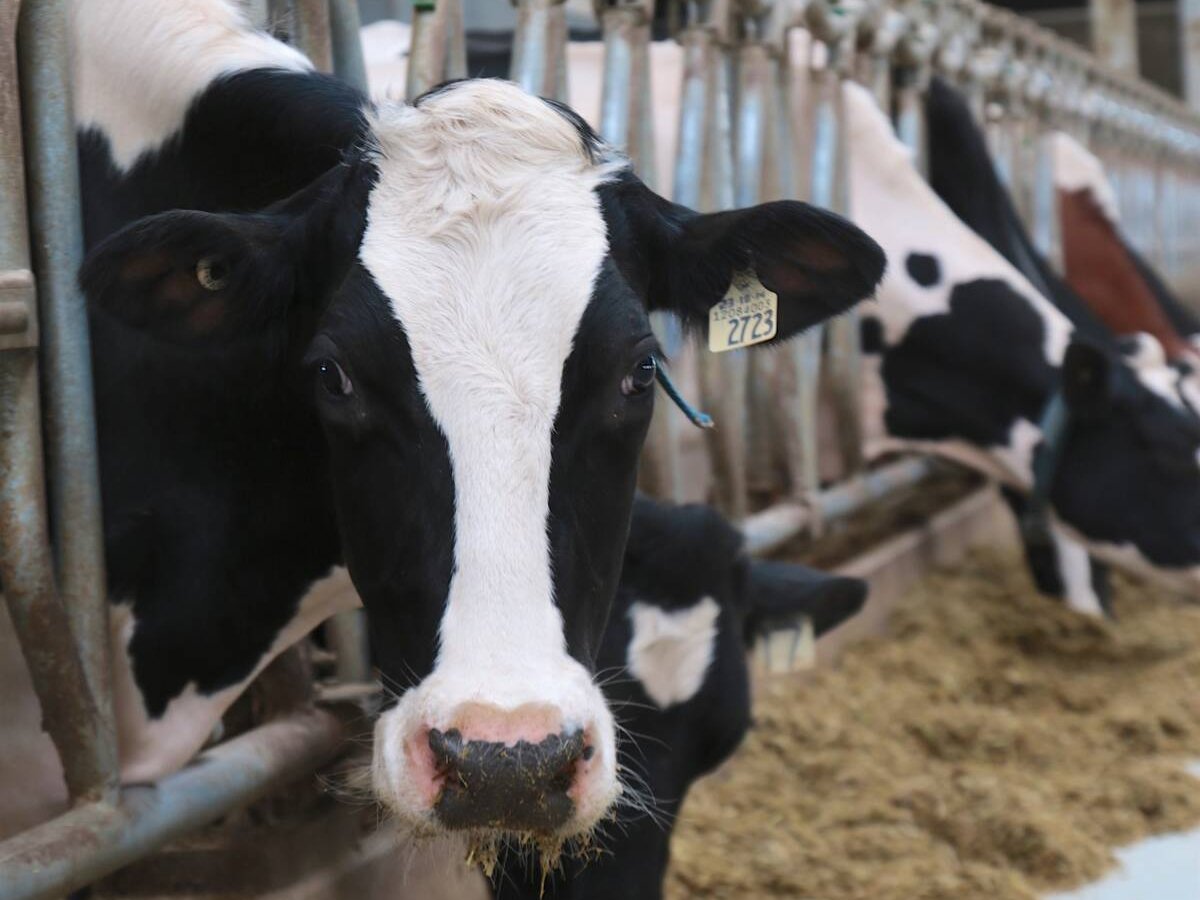A newly developed willow harvester may have farmers returning to the wood-burning ways of their forefathers.
The machine, designed by Philippe Savoie of Agriculture Canada, is being tested at the Prairie Farm Rehabilitation Administration Shelterbelt Centre in Indian Head, Sask. Researchers are hoping it proves useful for harvesting willow for a variety of purposes.
Farmers may be able to use the willow as a renewable fuel source for their furnaces. Willow bales can be burned in anything they fit into, including bale and high efficiency wood-burning furnaces.
Read Also

The Organization for Economic Co-operation and Development lauds Canada’s low farm subsidies, criticizes supply management
The Organization for Economic Co-operation and Development lauded Canada’s low farm subsidies, criticized supply management in its global survey of farm support programs.
“In the short term, I look at it as an opportunity for a landowner to use a resource that he has readily available to him in a manner that’s sustainable, and is adding value to what he may otherwise consider to be a nonproductive part of his landscape,” said Bill Schroeder, agro-forest research manager at the shelterbelt centre.
While the long-term applications of willow are still being researched, there is also the possibility the trees could be used to produce ethanol.
The PFRA demonstrated the baler at the shelterbelt centre last fall.
Much of the research being done there focuses on collecting naturally occurring willow from around sloughs.
“The area (collected from) ranged from 0.7 hectares (1.7 acres) in some cases to .02 hectares (.05 acres), so it’s not large areas in itself … but what was interesting was the amount of biomass we were able to harvest,” said Schroeder.
On average, researchers harvested about 55 tonnes of biomass per acre of land using the baler.
Among those at the fall demonstration was Ken Van Rees, a soil science researcher at the University of Saskatchewan who collaborates with Schroeder. His team researches the effectiveness and economics of growing willow crops dedicated to energy production, particularly ethanol.
“I think that if you’re growing willow, there will likely be less input costs … you’ll only have to plant it once for the first 20 or so years, and there’s minimal herbicide inputs and fertilizer inputs compared to regular crops,” said Van Rees. “It’s not being used for food, so it’s not taking away from that aspect of agriculture.”
Van Rees’s team planted its first willow crop two years ago and is hoping to harvest it next year. When that time comes, the machine may be just what he needs.
“I was quite pleased to see that something like that existed and was working. It’s great to see that kind of innovation for these future crops that we’re looking at.”
Still, he thinks a few wrinkles may need to be ironed out before the unit is fully functional.
“I think the cutting head is the big one,” he said. “I know that if your stems get to a certain diameter, it may have more problems cutting that down, so there may be a maximum size limit that this thing can handle.”
Baling may also leave moisture in the bales, Van Rees said, although he doesn’t know what moisture content is optimal for ethanol conversion. Research still has to be done on how fast the bales dry.
“If you don’t allow the water to get out of it, it’s probably costlier to transport because it weighs more.”
A similar project at the State University of New York, with which Van Rees is also collaborating, uses a New Holland chipper with a row harvester on the front of it.
“That’s another option or alternative that’s worth pursuing, too,” said Van Rees.
Farmers may, however, find a more immediate use for the baler provided they have the proper companion technology and a naturally occurring supply of willow. The baler allows landowners to use wild willows that would otherwise be nonproductive.
“The most immediate use would be as a source of combustion, so, much like farmers may burn round bales of straw in a (bale-burning furnace) for heat, you could do the same with the willow,” said Schroeder.
Using the bales in high efficiency wood-burning furnaces is also a possibility, although such devices are seeing more use in Europe than Canada. According to Natural Resources Canada’s website, high-efficiency wood burning furnaces use up to a third less wood while producing the same amount of heat as a conventional wood fueled furnace.
Although the harvester is still in the testing phase, Schroeder expects it will be commercially available within the next two years.














